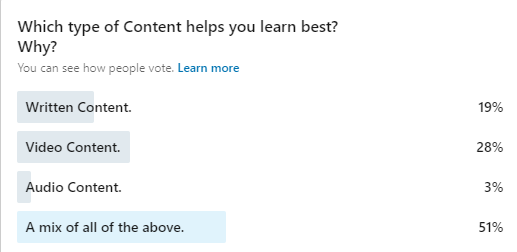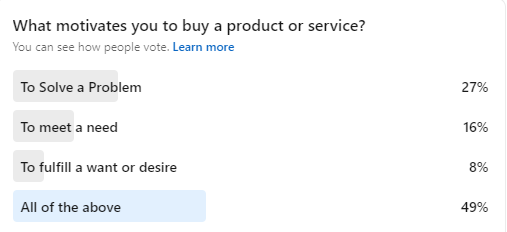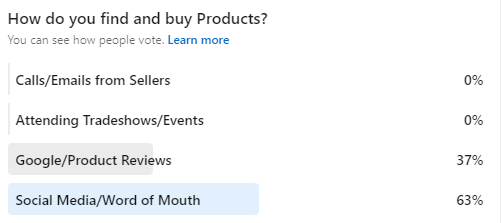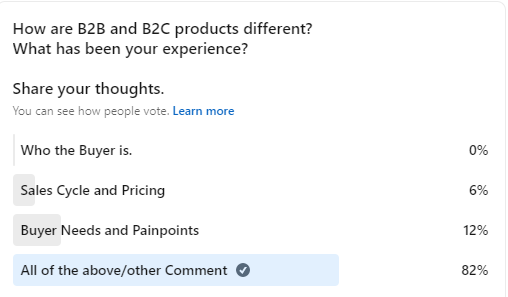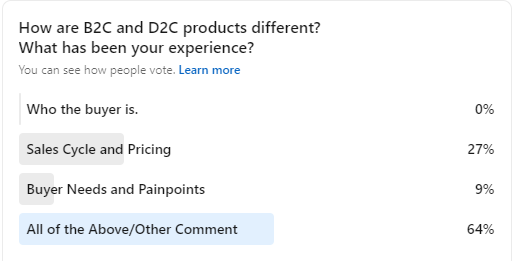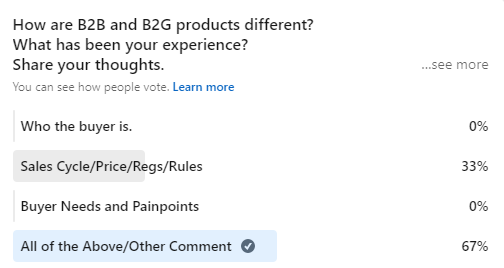5 Key Ideas from Digital Marketing World Forum 2019
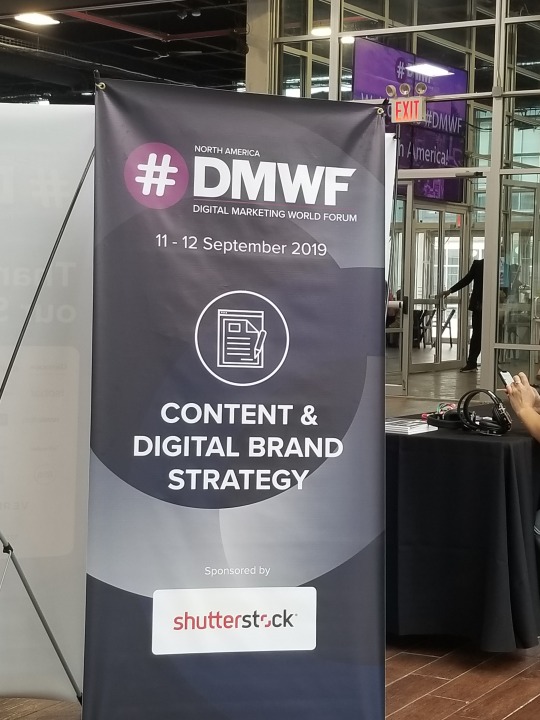
I covered the Digital Marketing World Forum in New York this past week.
There were great discussions on Digital and Social Marketing. The topics ranged from the customer journey, customer experience, customer retention, personalization, using data, and privacy legislation.
My key insights were:
1. To improve customer retention, brands need to understand their customers to personalize their experiences across all touchpoints. Marketers from different verticals shared how they were able to improve customer loyalty and retention by personalizing and creating customer experiences across all touchpoints.
2. Many times, customer data tells a story that contradicts preconceived hunches and opinions. Marketers from T-Moblie and Decoded found this out when they marketed Cell Phone plans to the 55+ community.
3. Marketers have the tools to better understand their customers and to track the results of their efforts faster than ever before. These tools empower marketers to improve the customer journey and experience. With this power comes the obligation to better serve their customers and to quickly pivot when their tactics and strategies are not effective. Marketers with different products and services shared their stories and strategies.
4. Companies that are going to use Chatbots to serve customers need to train Chatbots to handle complex requests from customers. Chatbots should not be used to answer questions like the hours of a store or simple information that can be obtained from a website.
5. Privacy Legislation similar to GDPR is coming to the United States. Laws in California and Nevada are being enacted in 2020. OneTrust shared how Marketers can prepare and comply with the Californa Consumer Privacy Act (CCPA).
What is the next trend in Marketing?
Comment and share below.
Additional Pictures can be found here.

